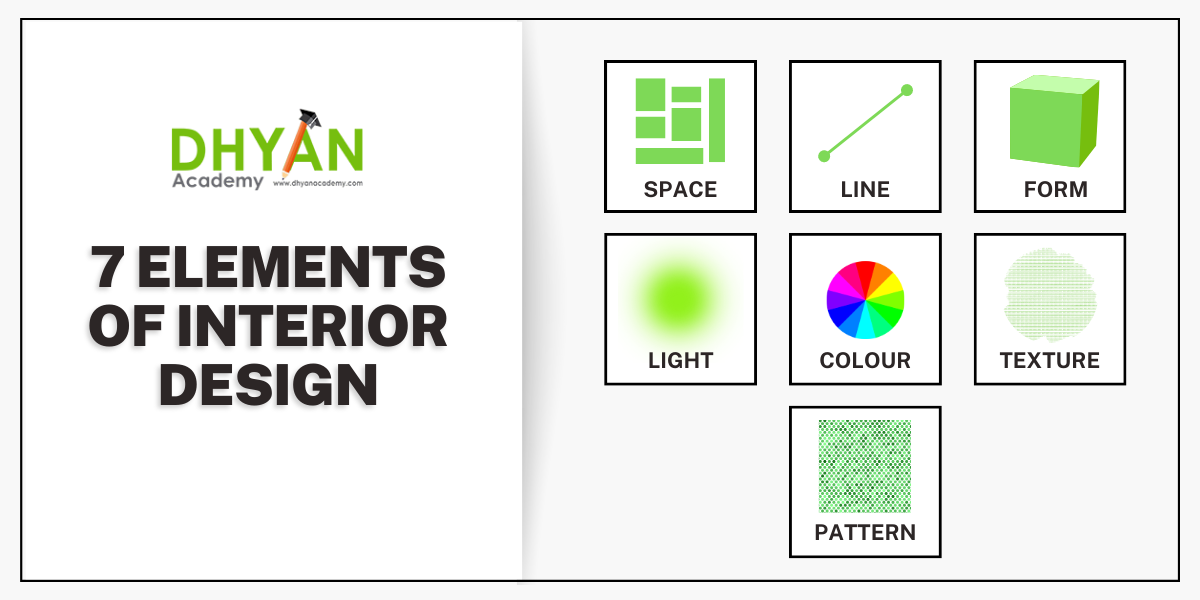Interior design is an art that beautifies your whole space by bringing a new life to your home. Art mainly involves creativity and passion, and there are certain elements involved that only professional interior designers are aware of. A well-qualified interior designer will assess the space based on these seven elements and add his/ her ideas depending on the space/ area. The seven elements include Space, Line, Forms, Light, Colour, Texture, and Pattern.
7 Elements of Interior Design:
1. Space
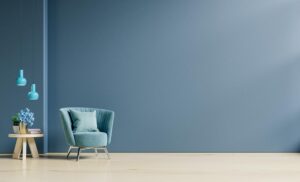
Space is the base element for every Interior Designer to analyze and implement with what area is available to them. The comfort of working with Length, Breadth, and Height is there for designers. Designers can incorporate their visual ideas into this three-dimensional space based on their requirements. Space can be categorized into two units – Positive and Negative space. Positive space covers the entire space with objects, while Negative Space is the vacant area. Finding a balance between both spaces is critical to achieving uniformity without leading to congestion within the space.
The balance depends on the customer’s inputs and other BSD functionalities. Other implementation ideas include a décor like a bookshelf that can give a nice vertical look to the room. Also, consider the room’s dimensions when choosing furniture and home decor, as this could provide a bigger or smaller look based on the space.
2. Line
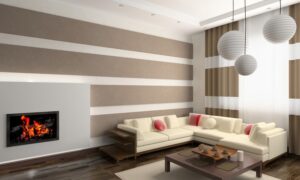
Lines can be Horizontal or Vertical, depicting the room’s persona. Implementing lines via Home Decor or Furniture can deliver uniformity and surrealism to the space. Horizontal lines created by tables can give a broader look to the room. The vertical lines are attributed to Windows and Doors, in this sense every line and detail plays a vital role in describing the Interior Elements. Hence, understanding the in-depth meaning of Line types is significant.
3. Form
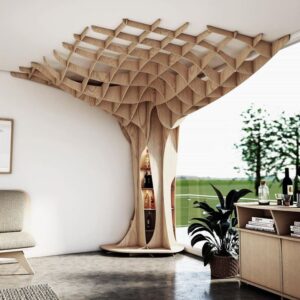
Form, in general, is the Shape or Pattern of any space or object like furniture and home décor. These shapes may be either geometric or undefined. Geometry includes hard lines and square corners that deliver an artificial look, while natural consists of those created by nature. Another essential criterion to consider during the implantation of forms is complimenting the space with matching spaces to create that harmony.
4. Light
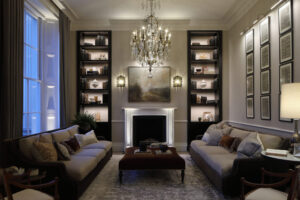
Light is critical as it glorifies the whole space and compliments all other parts inside it. It can be divided into two categories- Natural light and Artificial light. Designers add simple decors without any setups to allow Natural lighting into the space. Artificial lights add more coziness to existing space by setting up backlights, office lighting, adding a dimmer, etc.,
5. Colour
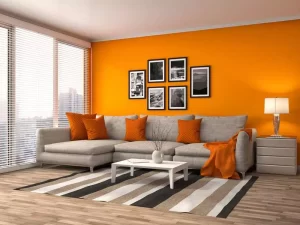
Colour is the popping element of any space and the most concerning aspect for interior designers to highlight their talents. A right-chosen theme catches the customers’ moods and adorns the area too. Colours have different emotions on people and complement the decors so well. While choosing colours, first consider how the natural and artificial lighting will influence the selected colours. Secondly, choose colours based on the area space. If it is a smaller space, go with subtle colours to give an amplified look to the room. Darker colours go well with large spaces by exemplifying them.
6. Texture
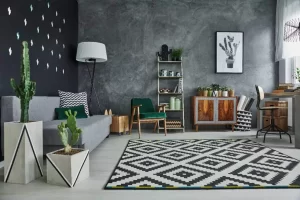
Texture indicates the smoothness/ look & feel of the room. This element also contributes to adding a sense of touch to the space by capturing the public attention. For example, when choosing furniture, the softness of the fabric is considered the texture. A good cushion compliments the entire space by giving extra comfort to the users. Understanding the relation between Light and Texture can help to get the right Blend of Interiors.
7. Pattern
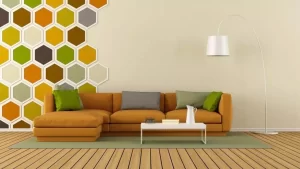
The pattern is similar to the texture and adds sheer royalty to the space that defines the sequence of design intent. Patterns are categorized as geometric, stripes, pictorial, organic, wallpaper prints, and artworks. While implementing designs, weighing the dimension and theme of the room space is essential. In small rooms, avoid adopting big habits. Instead, choose vertical lines to give that decked-up look to the area. Significant-sized patterns go well with spacious rooms as they add a contrasting effect to the theme.
How to Learn Interior Designing:
Are you passionate about learning the Basics of Interior Design? Then, choose Dhyan Academy in Hyderabad to get your hands on designing techniques by enrolling in our Interior Designing Course in Hyderabad. Dhyan Academy is the dream place for students who aspire to become Interior Design Professionals, as we have a team of experts to teach you the concepts like a Pro. We teach you the hacks involved in turning an ordinary space into an extraordinary one with visual training by considering the most critical elements.
We have online and offline courses specializing in AutoCAD, Sketchup, 3Ds Max, Vray, etc. The best thing about our training institute is that we provide real-time training on implementing design concepts so that young students get great exposure to the design world. Our training is a 90 days crash program that covers intensive training of 6 hours per day followed by assessments to gauge your performance and improvise your skills.
Final Thoughts
Dhyan Academy is proud of owning many appreciative clients who have seen us as the Best Training Institute, which has created Best-in-Class Architects, and Interior Designers in the industry in the past decade. The professional training course on Interior designing will unveil your hidden creativity and make you shine as a design engineer in today’s competitive market. Get yourself enrolled and become a successful designer by seeking the proper assistance from industry-trusted experts today. Grab your dream corporate job by completing a design certification at our academy and climbing the ladder of success.

